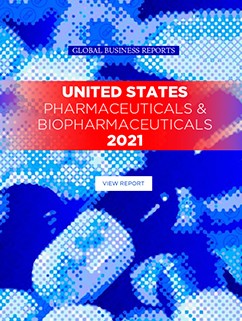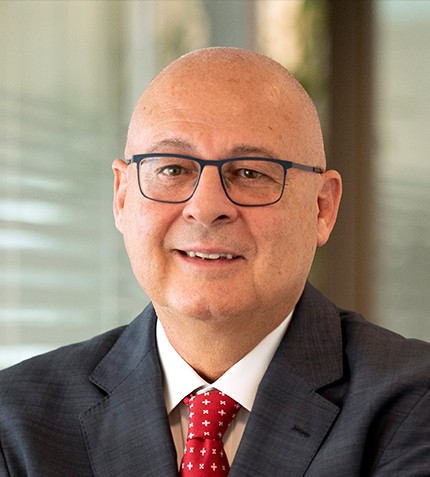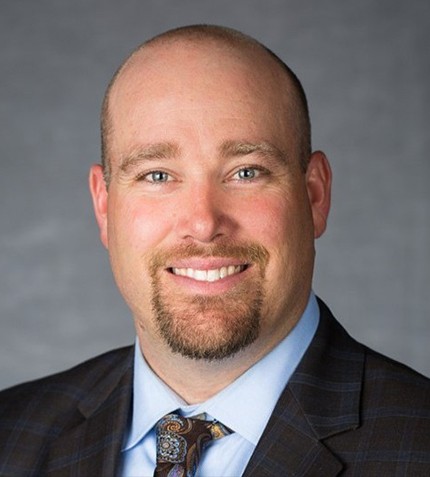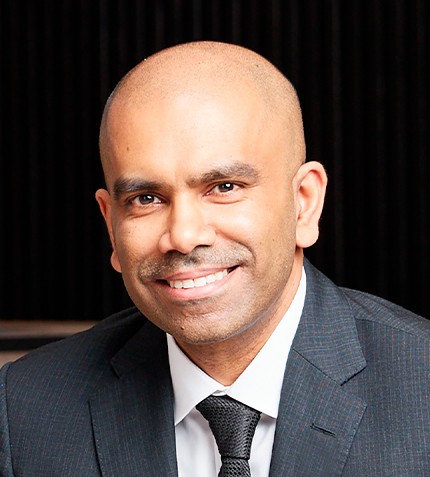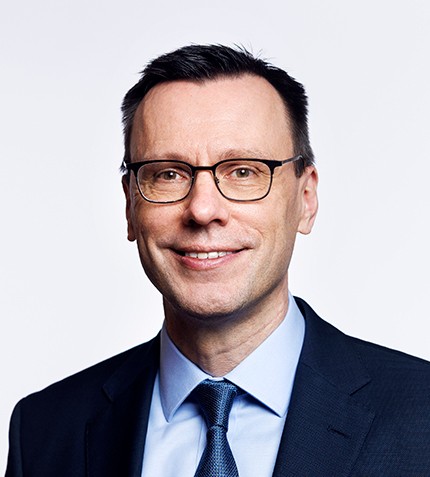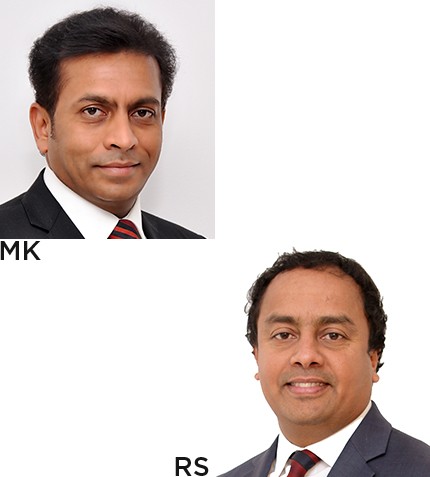
"There is little interest in setting up new labs with large footprints that cost both time and money: the focus is on speed while levering service providers that have both competence and scale."
RELATED PUBLICATION
Manni Kantipudi & Ramesh Subramanian
CEO & CCO, ARAGEN LIFE SCIENCES
How is GVK BIO’s name change to Aragen Life Sciences reflective of the company’s evolution?
We are celebrating our 20-year anniversary in 2021, and the management team felt that time was right for a rebrand to best represent the company and its position today. From our modest beginnings, as a chemistry service provider with one site, we have now grown to 3,000 employees and seven global sites, including two in North America and five in India. We have added significantly to our small molecule capabilities and are now a preferred partner in offering discovery chemistry and biology, chemical development and manufacturing solutions, while rapidly expanding our relationships in formulation and analytical development solutions. In biologics, we are the Partner of Choice for customers working with hard to express proteins and are a leading provider of Cell Line Development and Bio-Production services.
We assist customers in over 10 IND filings each year and have executed over 75 Chemical Development programs over the past year. We have partnered with our customers in launching five NCEs thus far, expect to launch an additional four in the next 12 months, and three of our Cell Lines have been taken into commercialization.
What macro trends are driving growth in Aragen’s business?
We are seeing four major trends. First, there is more capital going into the pharmaceutical and biopharmaceutical R&D, with several startups getting well capitalized. 2020 was a banner year for venture funding with over US $23 billion invested (vs 2019: ~US$17 billion). In addition, large pharma companies also increased their R&D budgets, so the growth there has been positive too.
The second trend is that most of these companies continue to increase outsourcing in both discovery and development. From a ‘nice to have’, an outsourcing strategy has become a ‘must have’ for most companies. There is little interest in setting up new labs with large footprints that cost both time and money: the focus is on speed while levering service providers that have both competence and scale.
The third trend we see is the balancing of the supply chain. Firms that had a supply chain that was skewed towards China are looking to diversify and de-risk their sourcing strategy, with Western and Indian companies both becoming the net beneficiaries.
Fourth, since Covid-19 pandemic, we have seen an interest to work with service providers that took the right precautions to protect employees - via working shifts, social distancing protocols, implementation of system and processes that ensure staff health- faring better than firms that did not. For example, some of our customers who were working with CROs that did not implement the right systems endured a slow down in their external R&D productivity as these CROs had to shut down for an extended period. Those customers subsequently moved to us in a big way.
In summary, through the pandemic and due to the macro drivers listed above, Aragen had its best year ever.
In what areas is Aragen’s expansion most focused?
We are adding significantly to our capacity in small molecule discovery with expansions in India. We are growing at double the market rate in discovery due to a very satisfied customer base that want to do more with us, and we are investing in supporting them by investing in their chemistry and biology needs, along with an emphasis on specialized platforms like Targeted Protein Degradation (TPD) and Peptide Biology.
In development, we recently invested in doubling our API capacity and are well positioned to meet our customers’ needs for the near future. With the increasing interest in integrated development, we are expanding our drug product footprint by investments into drug product manufacturing. We should be ready to support our customers’ clinical drug product needs by the end of the year.
Our biologics business has grown significantly post acquisition with our pharma and biotech partners requesting manufacturing to go along with our industry leading Cell Line Development (CLD) offering. We recently approved this investment in North America and expect to have a state-of-the-art facility for Cell Culture Manufacturing in about 24 months.
Aragen has doubled the size of its cell line business over the past two years. How will the addition of GMP manufacturing complement this growth?
Aragen- US is known globally for its capabilities in CLD, the subsequent stage of which is GMP manufacturing. Our brand is built around our successes with ‘difficult to express’ proteins, where companies that have failed internally or with other CROs come to Aragen for solutions. We want to forward integrate CLD into the manufacturing process as most of our biotech customers like to work with one CRO/CDMO to get their cell line expressed and generate clinical material at the shortest time frame and advance to test safety and efficacy in clinical trials. These customers prefer working with one partner over tech transferring a CLD process to a different partner.




